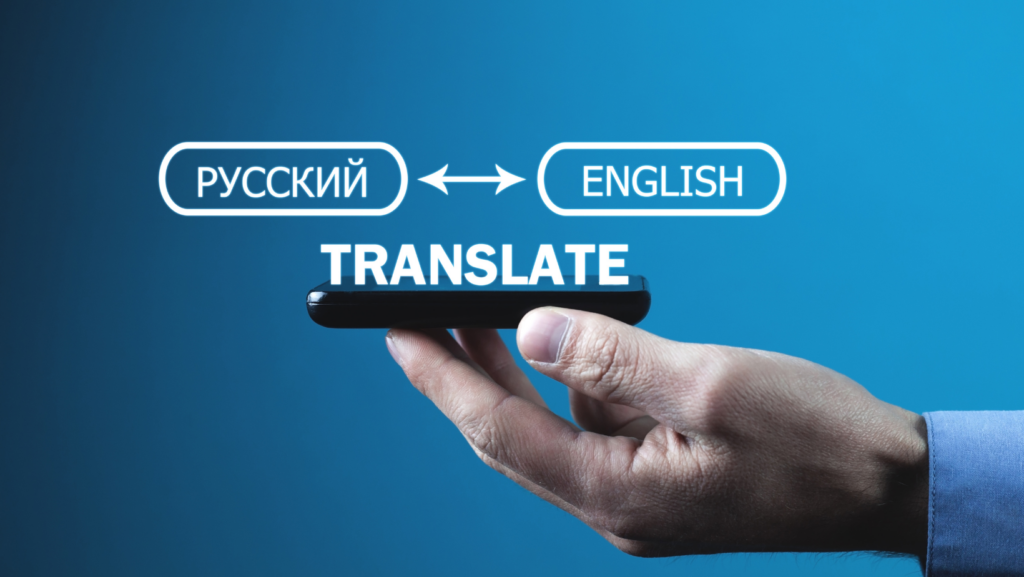[ez-toc]
In the digital age, the world’s become a global village. Yet, language barriers still persist, often obstructing seamless communication. That’s where translation tools, like the mysterious english translate, come into play. They’ve become indispensable in our interconnected world, breaking down linguistic walls and fostering understanding.
But what’s this english translate all about? Is it a code, a specific tool, or a new language trend? Let’s delve into the world of translation technologies, exploring the cultural impact this intriguing concept and its potential impact on global communication. From linguists to casual internet users, it’s a topic that’s sure to pique curiosity.
English:vkarvtuhfr8= Translate
 Immersed in the realm of digital communication resides an enigma titled english translate. Bridging the language gaps, this tool holds valuable implications in fostering worldwide understanding.
Immersed in the realm of digital communication resides an enigma titled english translate. Bridging the language gaps, this tool holds valuable implications in fostering worldwide understanding.
Tracing the roots of english translate navigates to the world of encoded language. A product of automatic machine translation advancements, it serves as an instrumental tool in breaking down language barriers. As an interface enabling the translation of text or speech from one language to another, it plays an integral role in global communication. Business negotiations, intercultural dialogues, or simply understanding a foreign language, web tool developers, all utilize this tool, underscoring its widespread utility.
Deciphering the Keyword
Moving onto dissecting english translate the keyword does bear an intriguing construction. This composition involves the predefined language, “English” in this instance, and an ensuing cryptic code, “vkarvtuhfr8=”. This unique design fuels speculation that it might represent an encoded message or a specific type of encoding used within the sphere of machine translation, carrying a precise meaning that initiates the translation process. However, without accessing proprietary systems, exact interpretation remains elusive—paving the way for continued exploration in the field of machine translation.
Analyzing Translation Accuracy
Within the translation sphere, ensuring accuracy in the rendering of content becomes a critical focus area. This segment delves into the methodologies and comparative tools used in achieving said target.
Methods and Tools

Creating a reliable translation involves employing a mix of technological solutions and linguistic proficiency. This results in a blend of programmatic machine learning techniques and human intervention. For instance, Neural Machine Translation (NMT), a key advancement in the translation industry, utilizes artificial neural networks to predict the likelihood of a sequence of words, typically modeling entire sentences in a single integrated model.
Software tools like english translate adopt such algorithms, coupled with statistical measures, to offer precise translations. It integrates translation memory tools that store translated sentences, phrases, and paragraphs, allowing repeated text to match previously translated content, promoting consistency. Towards ensuring better rendition, digital glossaries and termbases too make their presence, presenting translators with approved translations for specific phrases or terms.
Comparing Translations with Human Input
Evaluating translation accuracy entails charting a comparative study between machine-generated outputs and human translations. Professional human translators understand the nuances of language, discerning cultural subtleties, idiomatic expressions, and localized slang, bringing forth quality in translation often unreachable by machines.
Yet, english translate showcases robust results, delivering high on accuracy and detail. To support this claim, researchers perform evaluation tasks using metrics like BLEU (Bilingual Evaluation Understudy), which quantifies the match of machine-produced translations to that of professional translators. Notwithstanding, user feedback plays a crucial role in refining these tools, as real-world usage of translated content presents a broader perspective on quality.
Impact on Language Learning
 Carving a niche in language learning, tools such as english translate provide significant impact. They transform traditional learning methods, and empower users with improved linguistic skills.
Carving a niche in language learning, tools such as english translate provide significant impact. They transform traditional learning methods, and empower users with improved linguistic skills.
In particular, tools like these have also become integral in the development of educational programs such as minecraft coding for kids, where children not only learn new technical skills but can also bridge language barriers, enhancing their understanding of coding concepts in different languages. Offering translations swiftly, they break down language barriers. For instance, a student learning Japanese can input a complex sentence to understand its meaning accurately. He reaps the benefit of instant translation, aiding his comprehension. Parallelly, language teachers employ these tools for better explanation of language nuances, style, and vocabulary. Thus, by expediting breakdown of language walls, translation tools contribute to improved comprehension.


More Stories
All The Special Things Kahnawake License Offers For Business
Captivating Beauty of Beautiful:wymxcxq3ndy= Sunset: Art, Science, and Photography Tips
Understanding the Iconic logo:vyw5klg4dqq= 49ers: History and Significance